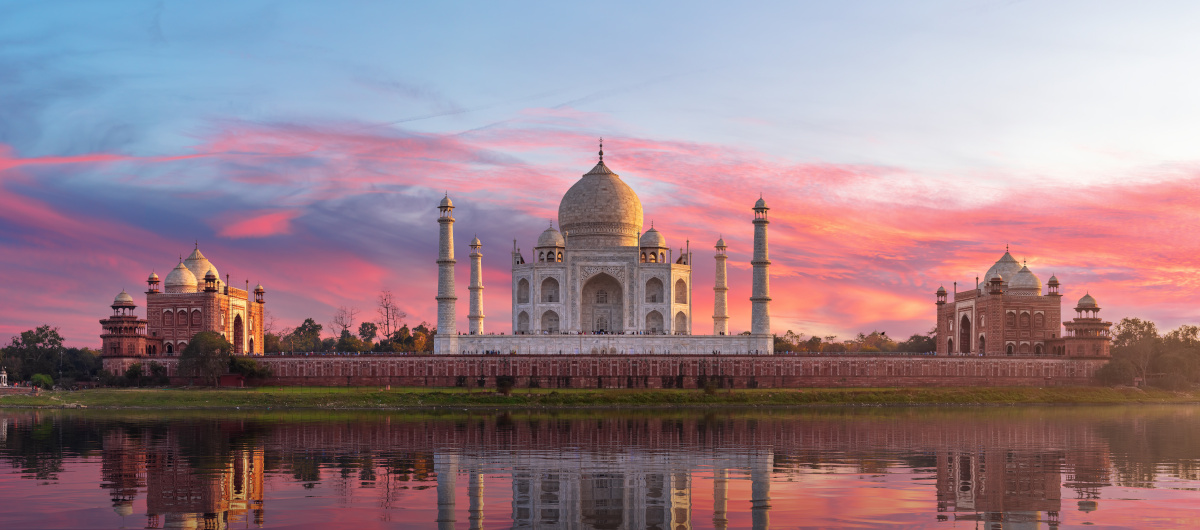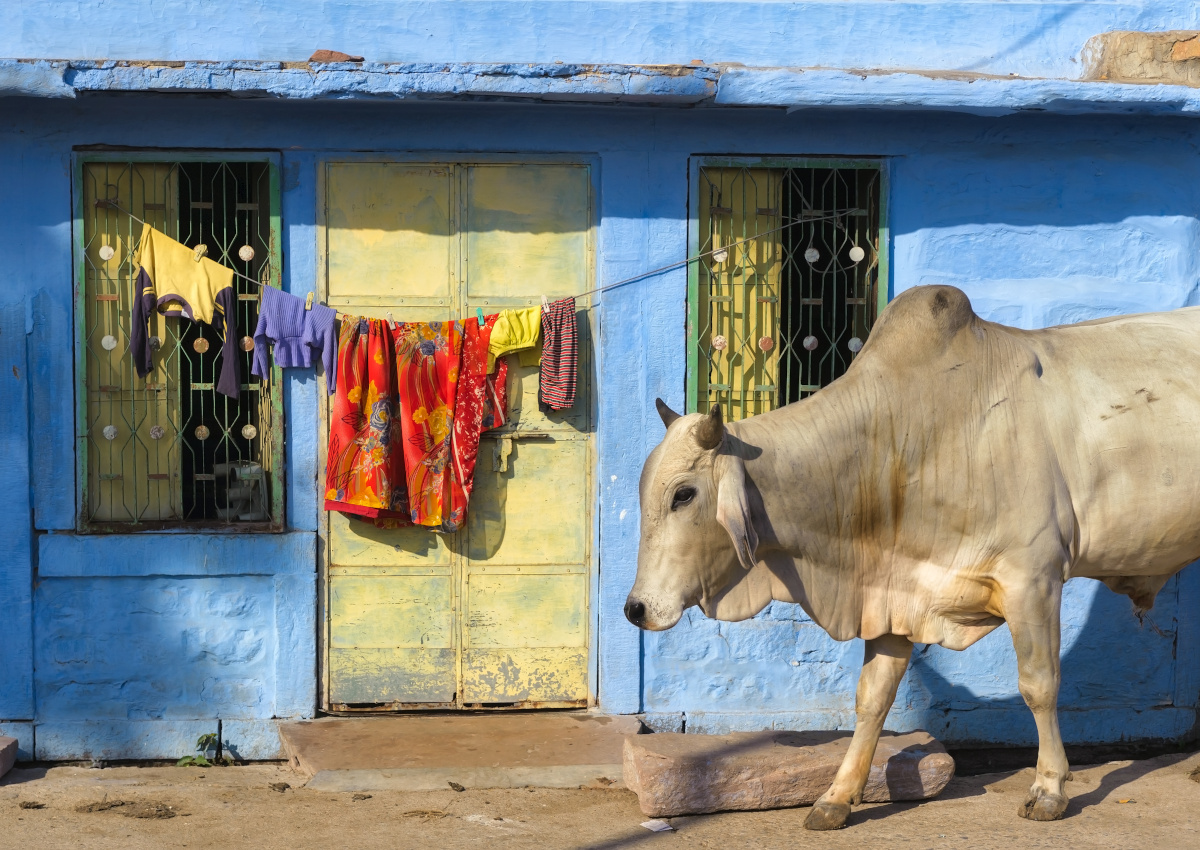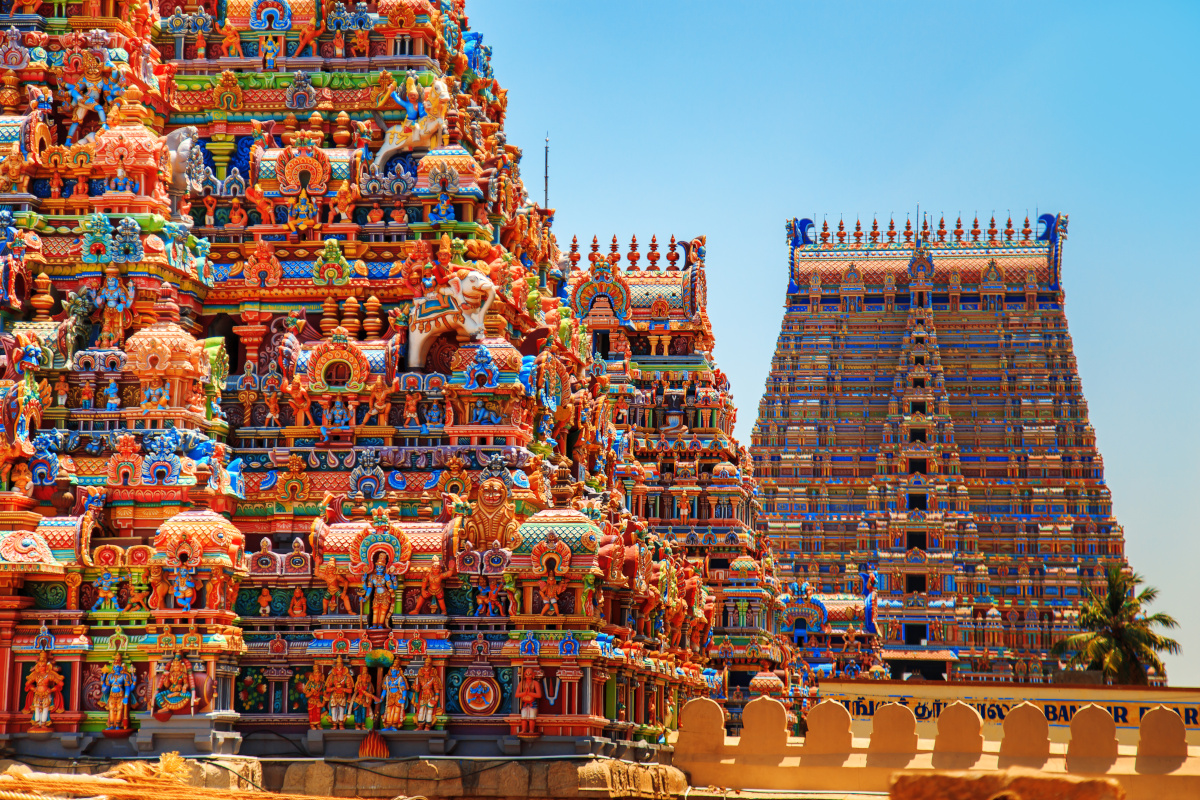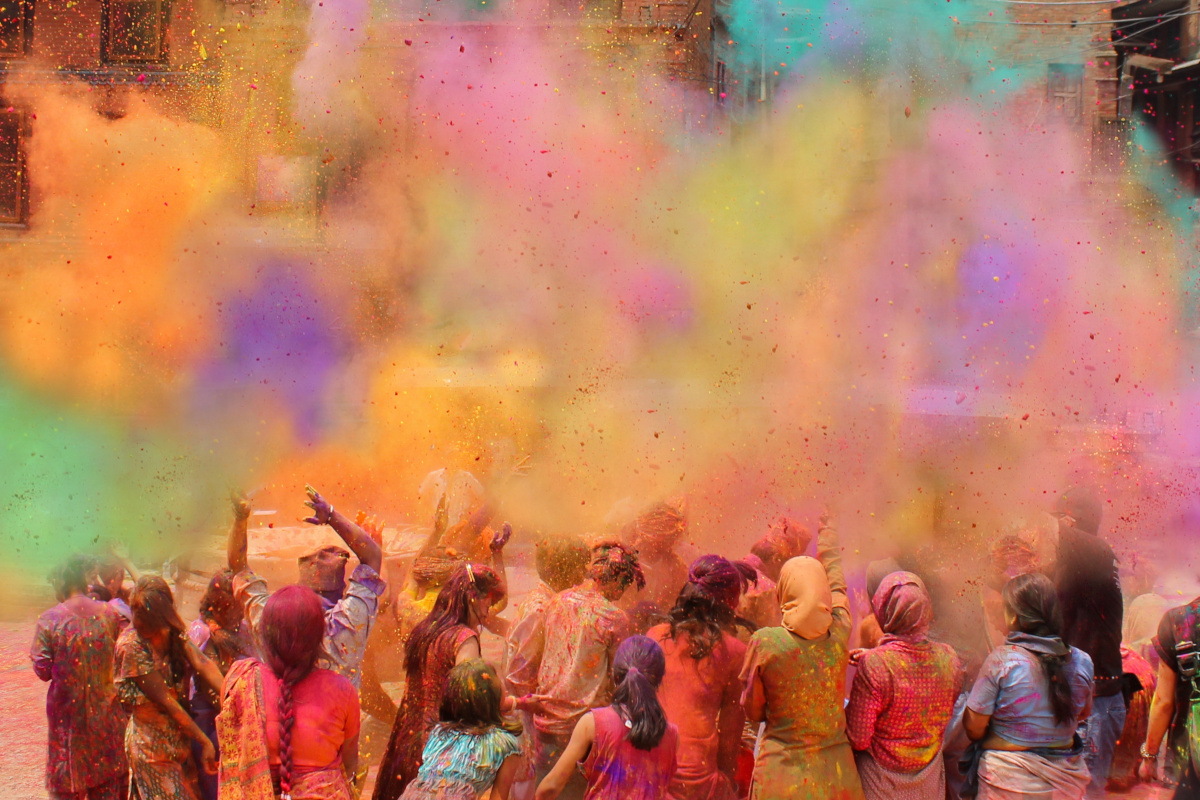
Traveling to India: What to Know Before You Go
Essential Information for Travelers to India
That being said, India is a chaotic place, and a lot can go wrong. From trip delays, theft of belongings, to severe weather and medical problems abroad, you don't want to head to India without being fully covered by travel insurance. Read on to find out more about travel insurance for India and other top tips for planning your trip.

Health & Safety in India
Medical Care and Hospitals
Medical facilities in India fall into two tiers: public and private. Public facilities tend to be under-resourced and less advanced, so foreign travelers typically opt for private hospitals and clinics in major cities like Delhi, Mumbai, and Bangalore. These offer high-quality, English-speaking care at relatively low costs. Keep in mind that your medical coverage from home will not be valid in India, and private facilities will charge you up front for treatment. That’s why it’s essential to purchase travel medical insurance to avoid unexpected out-of-pocket costs for medical treatment.
India’s villages and remote areas will have less advanced care facilities, so if you have a medical emergency while you’re doing an adventure travel activity in one of these areas, you may require emergency evacuation. This will help you access the urgent care you need in a more advanced private facility. However, these evacuations are not free and can be extremely expensive. This is why emergency evacuation coverage is also essential for your India trip.
Health Risks and Vaccinations
While no vaccinations are required to enter India from the U.S., the CDC recommends that, in addition to being up to date on all routine vaccinations, U.S. travelers are also vaccinated for Hepatitis A, Hepatitis B, typhoid, rabies, and measles, which is on the rise worldwide. Yellow fever vaccination is only required if you’re arriving in India from a high-risk country in Africa or South America.
Mosquito borne diseases including malaria, dengue, zika, and chikungunya are present in certain parts of India, so in addition to taking reasonable precautions to prevent insect bites, the CDC suggests taking other preventative measures (vaccine or preventative anti-malarial medication) if you’re going to spend large amounts of time in affected regions. In addition, vaccination for Japanese encephalitis and cholera may be recommended for travelers spending a large amount of time (> 1 month) in affected areas. Speak to your healthcare provider before you leave to understand the risks.
Food and waterborne illnesses are also prevalent in India, and travelers can experience gastrointestinal illness from consuming contaminated food and water, commonly called “Delhi belly.” To avoid this, stick to bottled water, especially in rural areas, avoid ice, peel any raw fruit and vegetables you consume, and try to eat food that’s properly cooked from trusted vendors. It’s also wise to carry a basic medical kit with common over-the-counter medication, as well as spare prescription medication or copies of your prescriptions. This is especially true if you will be visiting or hiking in remote areas.
Insurance Benefits and Coverage for a Trip to India
What does travel insurance India cover?
When considering travel insurance coverage for India, you will want to make sure your travel insurance policy covers all the areas below so that you’ll be prepared, no matter what happens during your trip.
Trip cancellation and trip interruption insurance:
Unexpected trip cancellation insurance reimburses your non-refundable trip expenses if your trip to India is canceled or cut short due to a covered reason, like illness, severe weather, family emergencies, or certain government advisories. India experiences its fair share of extreme weather and disasters, including floods, earthquakes, and extreme heat waves, so it’s wise for your trip to be covered in case you have to cancel or delay your travel due to unforeseen events.
Travel medical insurance:
Travel health insurance covers unexpected medical expenses incurred for any injuries or illnesses that happen during your trip. Most U.S. visitors who need medical attention while in India visit private clinics, rather than public ones. These clinics will all require payment up front, but if you buy medical coverage from your travel insurance, you’ll be able to make a claim for any medical expenses you incurred while accessing care. In addition, if you have pre-existing medical conditions, don’t forget to apply for a waiver when you purchase your policy.
Emergency medical evacuation insurance:
Emergency evacuation coverage reimburses you for transportation to the nearest medical facility or back to the U.S. in extreme or emergency situations. India has plenty of adventure travel opportunities, but medical facilities in remote regions outside of cities will be basic. If you need urgent care in one of these settings, you may need to be evacuated to a more advanced medical facility. These flights can be extremely costly, so it’s vital to have this coverage as part of your travel insurance.
Lost luggage and personal belongings insurance:
Baggage coverage is a benefit that covers loss, theft, or damage to your belongings should they go missing during your trip to India thanks to petty theft or airline error. Petty crime can be common in tourist areas throughout India, so it’s definitely worth having this coverage.
Trip delay insurance:
Trip delay insurance compensates for additional expenses if your travel is delayed before it starts or during any connections or transfers.
Optional add-ons:
There are several additional policy benefits you can add to your travel insurance depending on the nature of your trip. These include cancel for any reason (CFAR) coverage, if you think you may need to cancel for a reason not covered by the typical cancellation policy; extra protection for specialist or expensive gear; adventure sports travel insurance if you plan to do any extreme or dangerous activities; and car rental protection.
Choosing the Right Plan
Ripcord has a variety of plans suited for different trips to India. For travelers seeking adventurous activities like motorbike tours or Himalayan treks, Ripcord is an extensive plan with high coverage limits and enhanced coverage, such as emergency evacuation and repatriation, perfect for trips to remote or rural destinations. Cavalry is suited for urban or business travelers who are seeking luxury and cultural experiences while staying in India’s big cities or many spiritual retreat centers. Meanwhile, Harbor offers robust coverage to the budget-minded leisure traveler who may be backpacking through the country on a shoestring. You can compare all of Redpoint’s comprehensive plans and figure out which one might be right for your trip here.
Entry Requirements & Practical Information
Entry and Visa Requirements
All U.S. visitors to India require either a visa or an e-Tourist visa for visits of less than 60 days. Visas are valid for ten years. The validity of e-Tourist visas varies, and they are only accepted at certain international airports and ports, so be sure to check if it will be valid at your planned point of entry. In addition, your passport will need six months’ validity from the date of your visa application. You will also need two blank passport pages available for stamps.
The U.S. State Department notes that entry requirements in India can change often and without much notice. They advise that you check the website of the Indian Embassy in Washington D.C. prior to your trip for the most up-to-date information.
What To Do in an Emergency
If you have an emergency in India and require assistance, emergency services can be contacted by dialing 112. In addition, Redpoint offers 24/7 support on its helpline to travelers who have an emergency or need assistance. If you are having trouble locating help locally, Redpoint’s associates can help connect you to the help you need on the ground.
The U.S. Embassy is located in New Delhi, with consular offices in Chennai, Kolkata, Hyderabad, and Mumbai. You should seek assistance from the embassy or consular office that serves the Indian state where you are currently located. For more information about the areas each office serves, consult the State Department’s webpage for India under “Embassies and Consulates.”
Shantipath, Chanakyapuri
New Delhi – 110021
Phone: 011-91-11-2419-8000
Popular Activities and Adventure Travel in India
India isn’t just popular for its yoga retreats, temples, and spiritual traditions — it also has tremendous potential for adventure activities all over the subcontinent. From Himalayan treks and Ladakh motorbike routes to whitewater rafting in Rishikesh and scuba diving in the Andamans. There’s also surfing in Kerala, rock climbing in both Hampi and Badami, and paragliding in Bir Billing. And don’t forget a camel safari across the Thar desert. Since India is such a large country, it’s important to plan your adventure activities according to seasonal conditions and research if any permits are needed to safely participate. And of course, don’t forget to make sure your travel insurance policy includes adequate coverage for any high-risk adventure activities.
FAQs for India Travel Insurance

Is travel insurance mandatory for India?
Will travel insurance cover trekking in the Himalayas?
What if I get sick from food or water in India?
Can I buy travel insurance from India?
How much does travel insurance cost?
Protect Your Trip With Redpoint Travel Insurance
Protecting yourself on your trip to India requires comprehensive travel insurance, and Redpoint Travel Protection has a global reputation for providing high-quality policies to fit every traveler. It also offers 24/7 support — even if you’re trekking high in the Himalayas — to give travelers peace of mind and help them enjoy their trips. Explore Redpoint’s policies here, which can support backcountry adventurers and city hoppers alike

